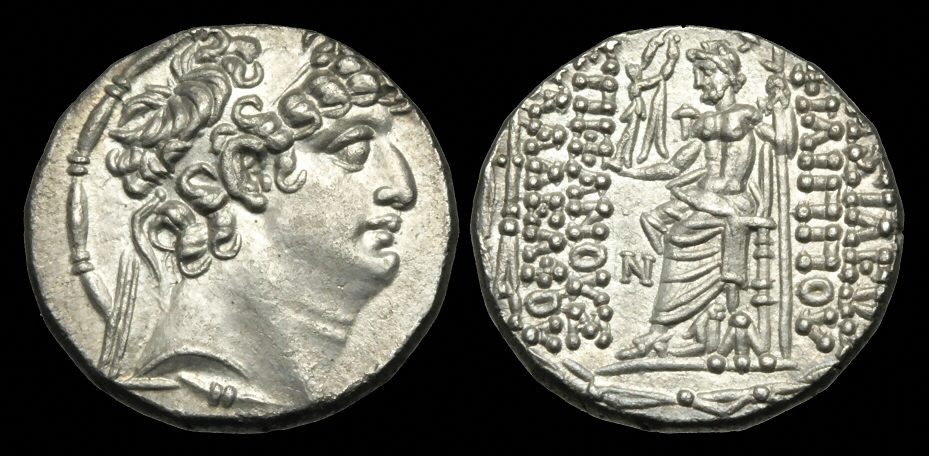

This must be done within 14 days of new occupation of premises, and at least annually. Provide educational information to employees and tenants about the requirements to separate organics and recycling from the garbage.Bins must also have labels illustrating the primary materials that are accepted and prohibited. Bin colors (body of bin and/or lid) must be consistent: blue for recycling, green for organics, gray (or black) for garbage. Recycling and organics bins must be present wherever there is a garbage bin (except inside restrooms). The number, size and location of bins must be adequate. Provide recycling and organics bin access to employees, contractors, tenants, and customers.Bin size and frequency of service must be sufficient to handle the volume of waste material created. Subscribe to recycling, organics, and garbage service.For-profit and non-profit businesses, government and industrial facilities are required to: Q: How does the new California law (SB 1383) affect businesses in Brisbane, Millbrae, South San Francisco?Ī: All places of business are required to separate organic waste from other trash. Please visit /sort-smartfor additional sorting tips. The green bin is not for items that look like plastic-regardless of what their label may say.

Those materials are yard trimmings, food scraps, food-soiled paper, and wax-coated paper (like parchment paper, wax paper, wax-coated produce boxes). Your green bin is only for organic waste materials that can successfully be processed into fuel and compost. Q: Can all products that are labeled “compostable” be placed in the green bin?Ī: No. Individual tenants should encourage them to do so. It is the property owner or manager’s responsibility to contact South San Francisco Scavenger to start green bin service. This charge is usually mitigated by decreasing garbage collection. Commercial customers (including multifamily residential properties where waste bins are shared by many families) incur a charge for adding green bin service. Note that residential customers (single-family homes with weekly curbside cart service) pay an integrated rate for waste collection there is no additional charge for adding a green cart. Those that are not, are required to start and should call South San Francisco Scavenger at 650.589.4020 if in need of a green bin. Clean/dry paper and cardboard belong in the appropriate blue bin (under the grey lid if you have a split recycling cart). Organic waste like yard trimmings, food scraps, and food-soiled paper belong in a green bin. The law requires thoughtful sorting of waste materials before placing in the correct bin for collection. Q: How does the new California law (SB 1383) effect residents of Brisbane, Millbrae, South San Francisco?Ī: Everyone is now required to have organics collection service. South San Francisco, CA ApSubmitted by Teresa Montgomery, SSF Scavengers The new coinage proclaimed the authority of the Macedonian conqueror. Royal Macedonian coinagesĬonquest the mints of the major Phoenician cities – Aradus, Byblus, Sidon, and Tyre – were coopted to produce coinage of Alexander type. Such policies affected the economic lives of Phoenicians and contributed to their experience of cultural change, probably more powerfully than did coin design. For this reason the following survey of mintmarks, dates, and imagery also provides an overview of the intermittent pattern of coin production in Hellenistic Phoenicia and of the royal policies, mainly Lagid, that demonetized existing coinages, imposed the use of particular currencies, restricted monetary circulation, and limited money supply. But mintmarks and symbols are not, in fact, very informative sources and their interpretation must necessarily draw on the general historical context. The marks of local and civic identity on coins of Seleucid Phoenicia have been interpreted as expressing negotiated power relationships between the cities and the king. The Phoenician survivals on early Macedonian issues have drawn interest as evidence for the fate of local kings. The Macedonian and Seleucid coinages have both been more thoroughly studied than the coinage of Ptolemaic Phoenicia. The several Macedonian dynasties that ruled Phoenicia deployed these elements in different ways and sometimes for different purposes. They also retained or revived a distinctly Phoenician monetary practice, actually a Phoenician invention, the display of the year of issue 1.

This was not a systematic practice, however, except in Phoenicia, where royal Hellenistic coinages developed a strong tradition of identifying their mint cities. Royal Hellenistic coins struck at famous old cities sometimes bear a mintmark or a symbol of local significance. Royal Coinage in Hellenistic Phoenicia Expressions of Continuity, Agents of Change


 0 kommentar(er)
0 kommentar(er)
